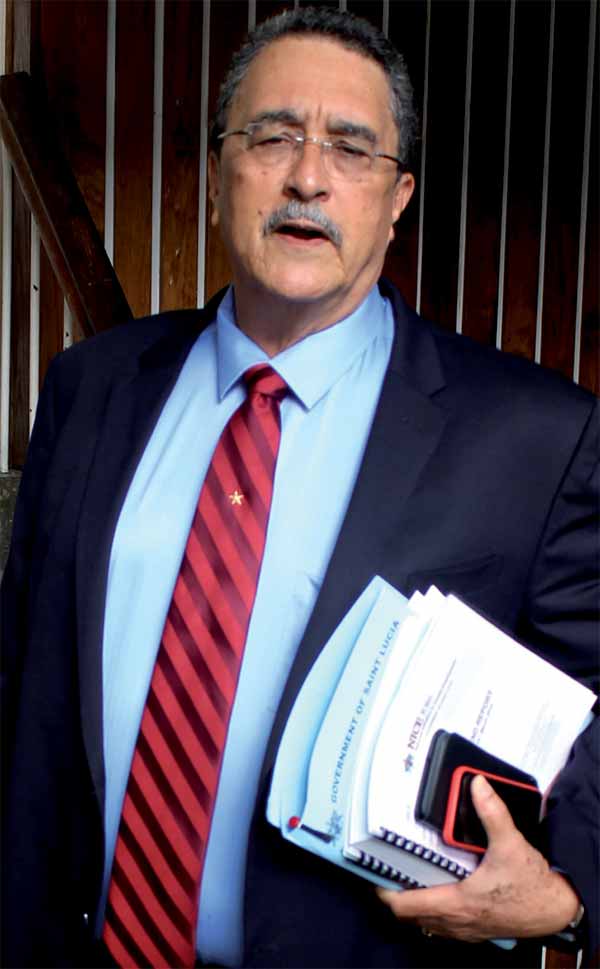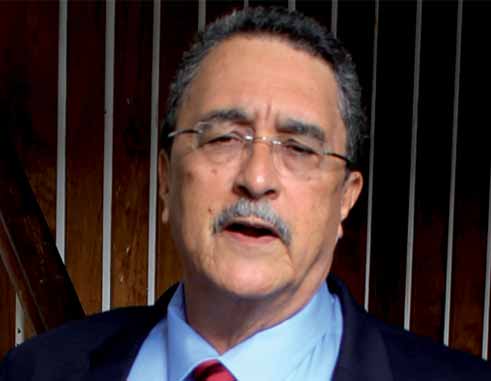
AS debate on the 2015/2016 budget winds down a comparison of the last two budgets presented by Prime Minister Dr. Kenny Anthony is in order so as to ascertain the soundness or lack thereof of his governance.
When the Prime Minister delivered his budget statement last year it was a policy statement reflecting his government’s achievement’s for 2013 and what it intended to deliver for 2014. This year’s budget is supposed to tell us whether he achieved any of the policies he spoke of last year.
Let’s look at unemployment for example. In of last year’s budget, Dr. Anthony said that unemployment was high and with the country’s low economic outgrowth his government had not been able to keep up with the natural increase in the size of the labour force and the changes in rural employment. The situation has not improved one year later. In fact unemployment increased by 1.1 percent to 24.4 percent. In 2012 unemployment was registered at 21.4 percent.
The Prime Minister, in last year’s budget, said that Saint Lucia’s economy declined by an estimated 2.3 percent in 2013. During his delivery of this year’s budget on Tuesday he said that the economy in 2014 had contracted by an estimated -0.7 percent, albeit at a slower rate than 2013 when there was a -1.9 percent contraction.
The tourism sector appears to be the only sector the government can sing loudly about because in 2013 it expanded by 5.7 percent. A year later the growth figures increased to 7.7 percent.
The agriculture sector, considered one of the pillars of the economy continues to perform dismally, a situation the government has not been able to redress because in 2013 while the volume of banana exports to the United Kingdom rose by 0.6 percent it declined in 2014 by a whopping 28 percent, a result of the 2013 Christmas Eve Trough, the Prime Minister said.
Regarding the construction sector, it too declined in 2013 by 10.6 percent, and again in 2014. However the Prime Minister did not say by how much. He couched his words carefully by stating that preliminary estimates for 2014 suggest that activity in the construction sector remains below the level required to help propel the economy while at the same time saying that central government construction grew by 12.8 percent. He added that government was looking forward to a recovery in this sector in the current period.
Manufacturing declined in 2013 by 11.4 percent. It was somewhat difficult to determine the exact position of the manufacturing sector for 2014 because of the way the Prime Minister couched his words when he spoke about that sector. He said that “the subdued economic environment, coupled with competitive issues, continued to impact the manufacturing sector in 2014.” However he stated that the value of manufacturing production fell by 4.3 percent.
Inflation, a major economic indication was at 4.2 percent in 2012 but declined to 1.5 percent in 2013 due to a slowdown in economic activity and a fall in global commodity prices, according to the Prime Minister then. Inflation however rose to 3.4 percent last year driven by increases in the prices of food, building materials, rent, water, motor oils, clothing and footwear, as noted by the Prime Minister.
In 2013 the public debt stood at $2,692.7 million representing an increase in nominal terms of 5.2 percent. The debt-to-GDP ratio was 73.6 percent, up from 72.1 percent in 2012. According to the Prime Minister the public debt for last year stands at $2,787 million an increase in nominal terms of 4.9 percent. The debt-to-GDP ratio now stands at 73.5 percent.
Collection of the value added tax (VAT) continues to improve. Receipts from VAT was at $298.6 million in 2013. That figure moved to $335.9 million last year.
Total expenditure in 2013 declined by 6.9 percent, however, for last year, it fell by 2.4 percent driven by a 12.3 percent decline in capital expenditure, according to the Prime Minister.











